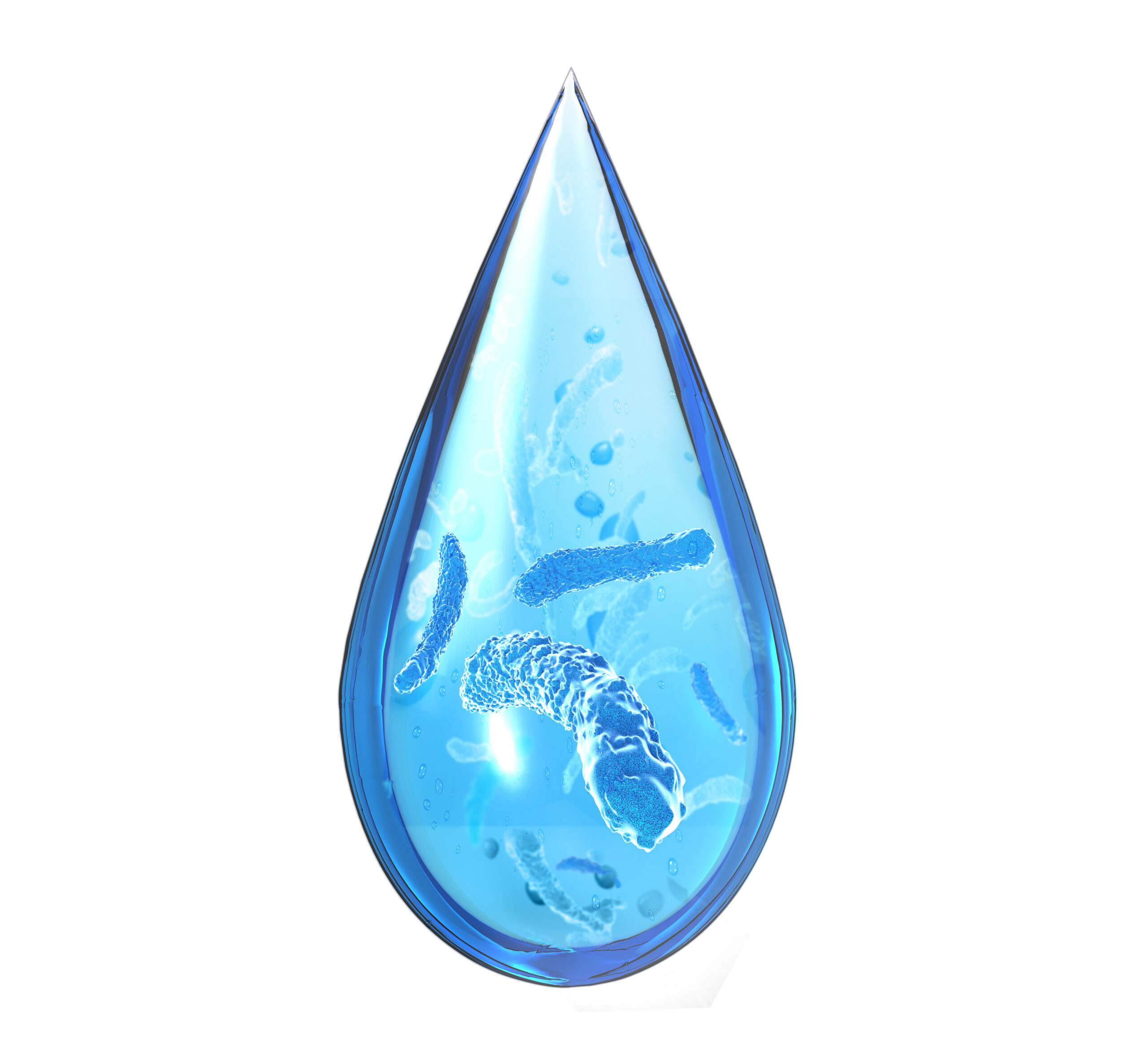How Often Should I Test My Cooling Tower For Legionella?
by Ben Frieders
The Centers for Disease Control and Prevention (CDC) recommends that cooling tower legionella testing for bacteria be done at least quarterly. However, the frequency of cooling tower Legionella testing may need to be increased if there are any risk factors for Legionella growth, such as:
- A history of Legionnaires’ disease at the facility
- A cooling tower that is not properly maintained
- A cooling tower that is located in a warm climate
- A cooling tower that is used in a healthcare setting
If you are unsure how often to test your cooling tower for Legionella, you should consult with a qualified professional.
Legionella bacteria are a type of bacteria that can cause Legionnaires’ disease, a serious lung infection. Legionnaires’ disease is most commonly spread through the inhalation of water droplets that contain Legionella bacteria. These droplets can be generated when cooling towers are in use, such as when water is sprayed into the air to cool the tower.
The risk of Legionnaires’ disease can be reduced by properly maintaining cooling towers. This includes:
- Keeping the water in the cooling tower clean and free of debris
- Maintaining a disinfectant residual in the water
- Flushing the cooling tower regularly
- Repairing any leaks in the cooling tower
If you have a cooling tower, it is important to have it tested for Legionella bacteria on a regular basis. This will help to prevent the spread of Legionnaires’ disease and protect the health of your employees and customers.
How Chemical Water Treatment helps to prevent Legionella?
There are a number of different chemicals that can be used for Legionella control, including chlorine, chlorine dioxide, and ozone. These chemicals are typically added to the water in a process called “shocking,” which involves adding a high concentration of the chemical for a short period of time. This can help to kill any existing Legionella bacteria and prevent new bacteria from growing.
In addition to shocking, chemical water treatment can also involve using biocides, which are chemicals that kill bacteria. Biocides can be added to the water on a continuous basis or as needed. They can also be used to treat biofilms, which are layers of bacteria that can form on surfaces in water systems.
Chemical water treatment is an important part of preventing Legionella. It should be used in conjunction with other control measures, such as maintaining proper water temperature and pH levels, and inspecting and cleaning water systems regularly.
About The Author
Ben Frieders is the Business Development and Marketing Manager at ChemREADY, an industrial water treatment company, where he focuses on driving growth through strategic marketing, business development, and acquisitions. A former U.S. Navy Chief Petty Officer with a background in nuclear operations, Ben brings a unique blend of technical expertise and leadership to the water treatment industry. Certified in ASSE 12080 Legionella Water Safety and Management, he is a recognized expert in water quality standards, regulatory compliance, and Legionella risk management. Passionate about scaling businesses and optimizing systems, Ben combines data-driven strategies with a hands-on approach to help organizations achieve sustainable growth.

